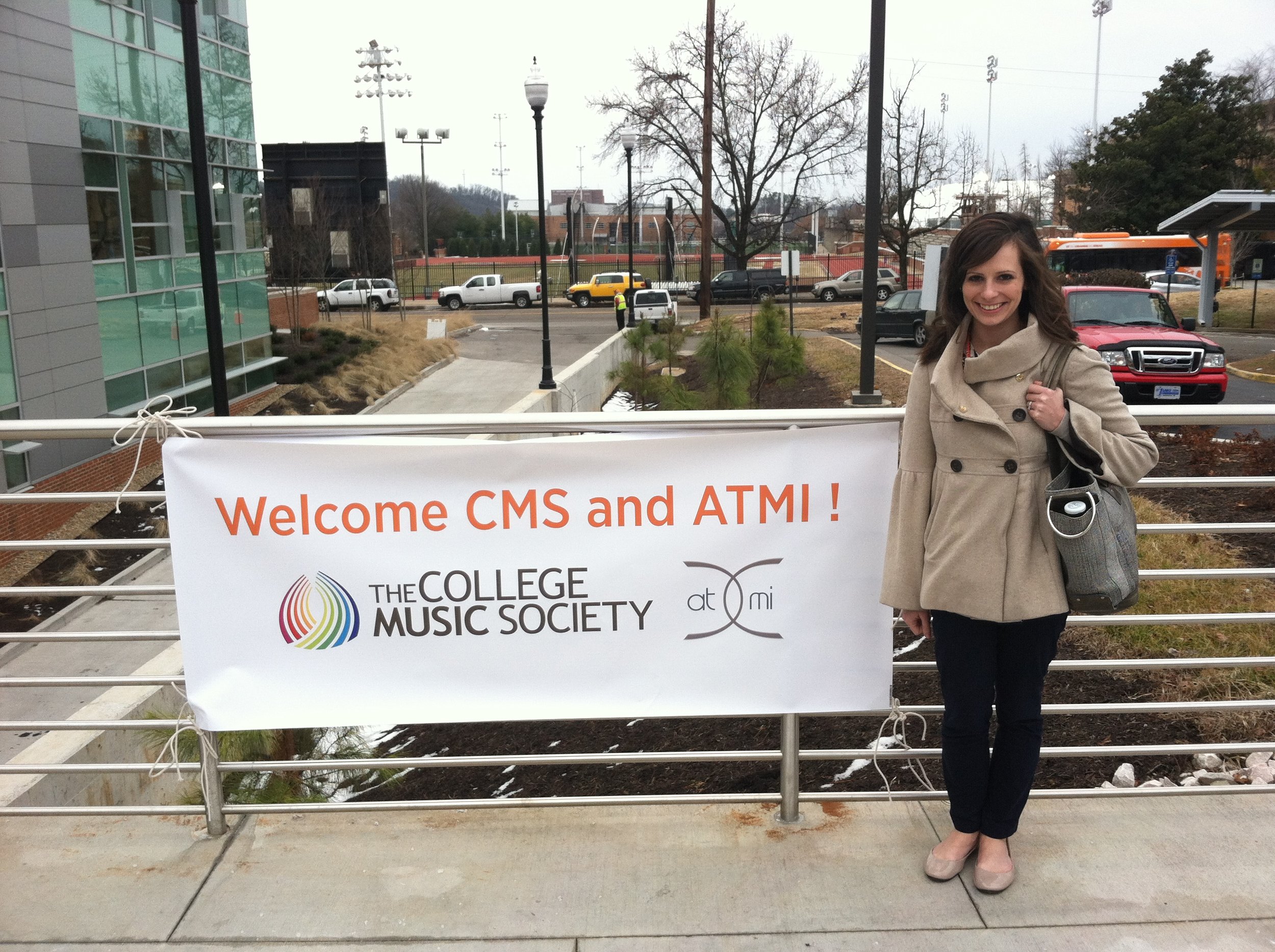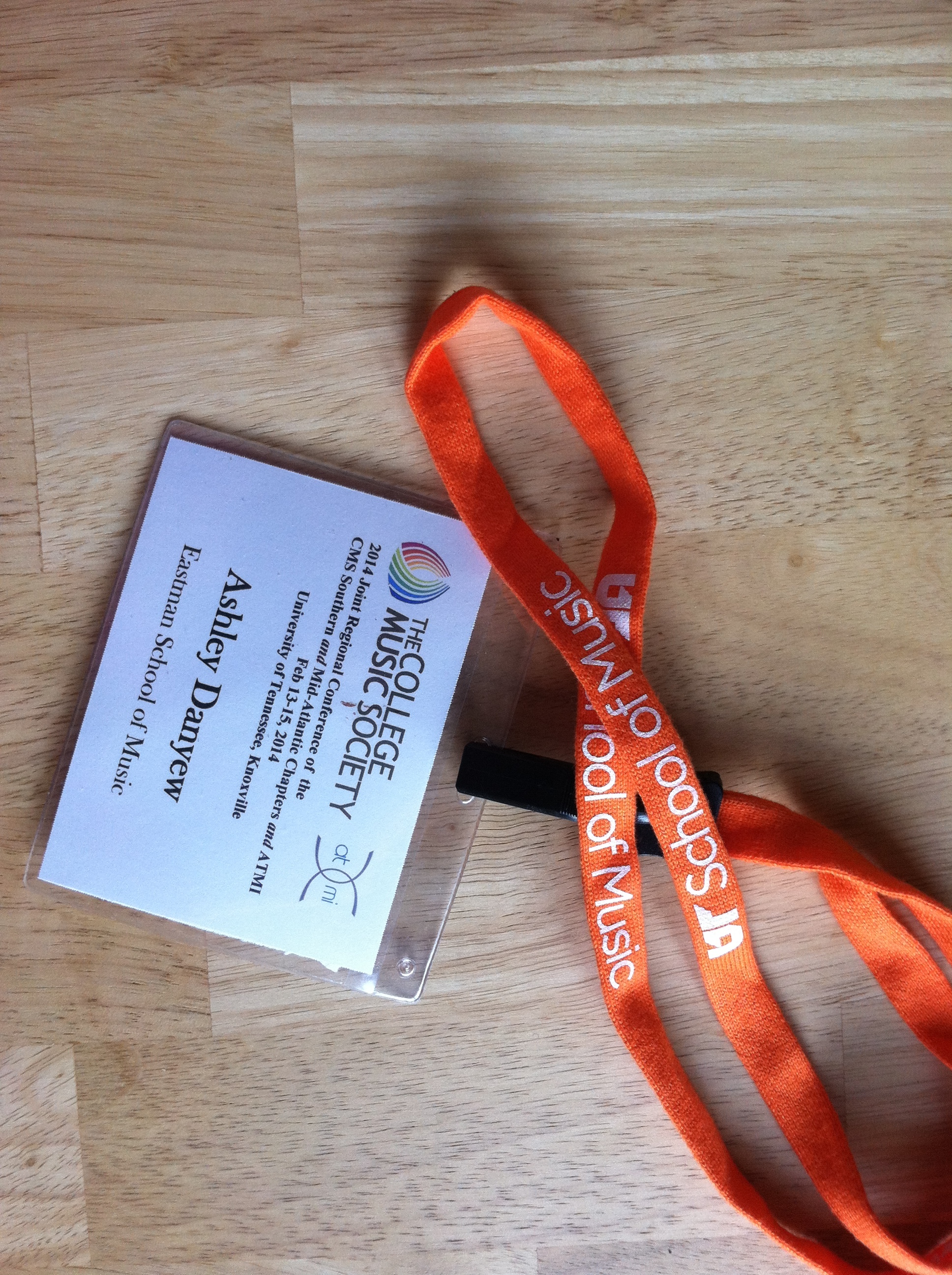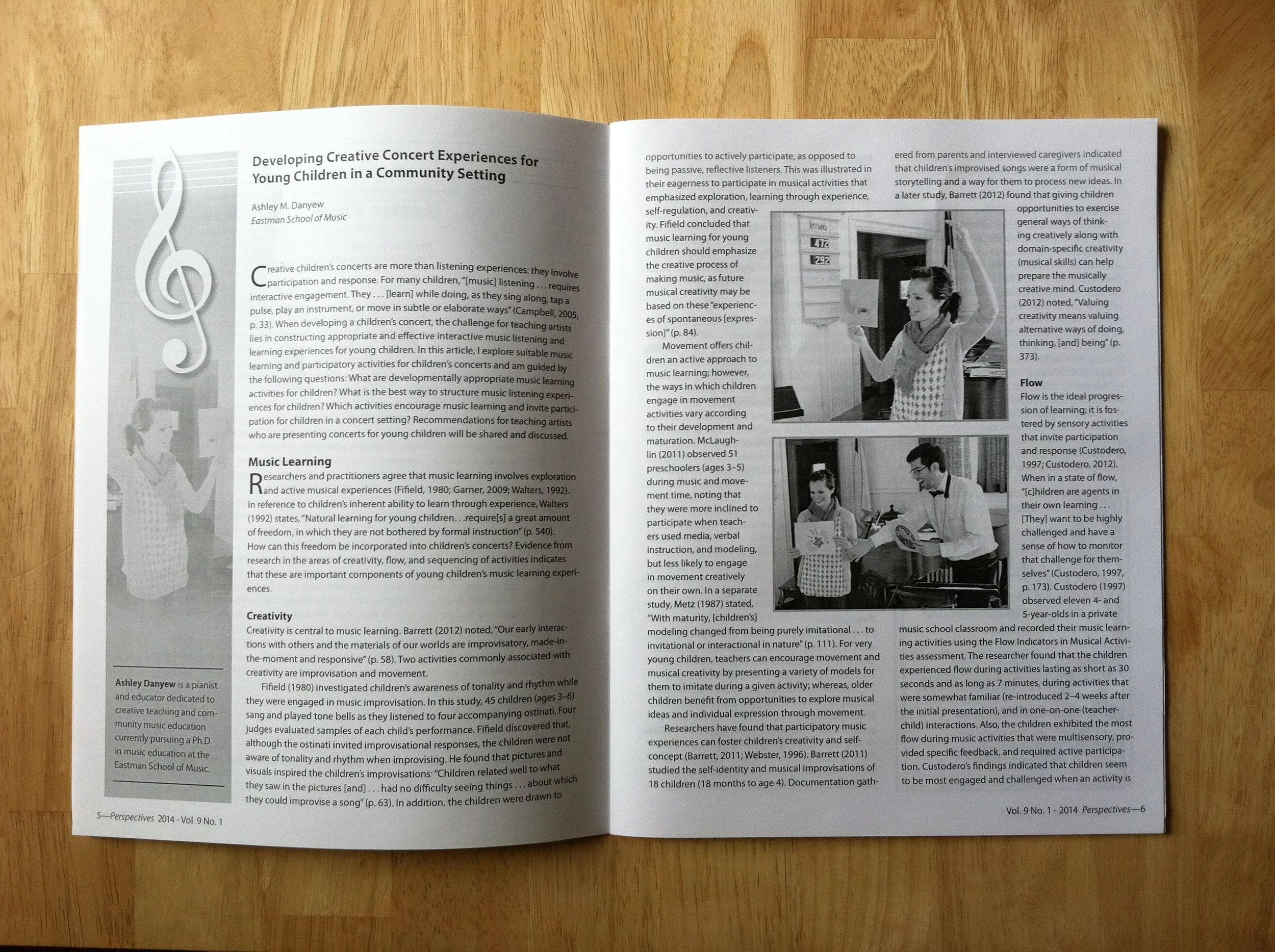Hi friends!
I know it's past Tax Day, but as a freelancer, there are some tax considerations to think about throughout the year. So far in this series, I've covered Getting Started, Getting Organized, and Keeping Good Records Throughout the Year.
Today's topic: Estimated Taxes.
First, what are estimated taxes? The short answer: a way of withholding money from what you make and paying taxes as you go, rather than in one lump sum come April. With no employer withholding things like Medicare and social security, the government expects you to do this quarterly, if you make a certain amount.
That certain amount? Enough to owe $1,000 in taxes.
If you owed $1,000 this year or anticipate owing $1,000 next year, then you should start making estimated tax payments. If you owe $1,000 next year and don't make estimated tax payments this year, the IRS can fine you or charge you a penalty.
However, if you make estimated tax payments all year and end up not owing $1,000 in taxes next year, no harm, no foul. In fact, you may even get a larger refund!
Here are a few examples:
Ex. 1: You are single, making about $18,000 per year in freelance income.
Come tax season, you will owe the federal income tax rate:
10% on taxable income from $0-$9,075 + 15% on taxable income from $9,075-$36,900 + 25% on taxable income from $36,900-$89,350
This works out to be about 12.5%. You will also owe the federal self-employment tax rate of 15.3%.
What does this mean? Well, you could pay the combined 27.8% in estimated taxes throughout the year, or you could assume that you're going to take a few deductions that will knock your income down from $18,000. Let's say you have $6,000 in deductions. This brings your taxable income down to $12,000. Using the formula above, your federal income tax is now 7.4%, meaning, with the 15.3% of self-employment tax (fixed amount), you will owe a total of 22.7% of your $18,000 in federal taxes.
Ex. 2: You are single, making about $40,000 per year in freelance income.
As in the example above, you will owe federal income tax (14.6% - see formula above) plus the federal self-employment tax rate of 15.3%.
You could pay the combined 29.9% in estimated taxes, or you could assume that you'll have, say, $10,000 in deductions. This brings your your taxable income down to $30,000 and your total federal taxes down to 25.4%.
Ex. 3: You are married (filing jointly), making about $80,000 per year in freelance income.
You will owe the federal income tax rate: 10% on taxable income from $0-$18,150 + 15% on taxable income from $18,150-$73,800 + 25% on taxable income from $73,800-$148,850
This works out to be 14.6%. Like above, you will also owe the federal self-employment tax rate of 15.3%.
So, you could pay the combined 29.9% in estimated taxes, or you could estimate, say, $15,000 in deductions, bringing your taxable income down to $65,000. Your federal income tax rate is now 11%. With the 15.3% of self-employment tax, you will owe 26.3% of your $80,000 in federal taxes.
Phew! Still with me? Okay good. :-)
Making Estimated Tax Payments
If you decide to start making estimated tax payments this year, here are a few things to keep in mind:
Freelance income is taxed at the federal tax rate (see formulas above) AND self-employment tax rate of 15.3% (12.4% for social security and 2.9% for Medicare). Based on our income and our taxes from previous years, Steve and I set aside 20% of our business income each quarter for federal taxes.
Don't forget about state tax! Some states have a flat income tax rate and others (like New York State) have a marginal tax rate, based on your income and filing status (single vs. married). Again, based on our income and our state taxes from previous years, Steve and I set aside 5% of our business income each quarter for NYS taxes.
Mark your calendar! Estimated taxes are due the following dates: April 15, June 15, September 15, and January 15 of next year.
Save yourself the time and hassle by paying your estimated taxes online. For federal tax payments, create an account at EFTPS.
Separate your tax money from your take-home pay by keeping funds in a separate savings account. Withhold your tax percentage from every check that comes in and then pay the balance of the savings account every quarter. Remember, overpaying (and getting a refund) is better than underpaying (and paying a penalty)!
Want to learn more? Here are a few helpful resources:




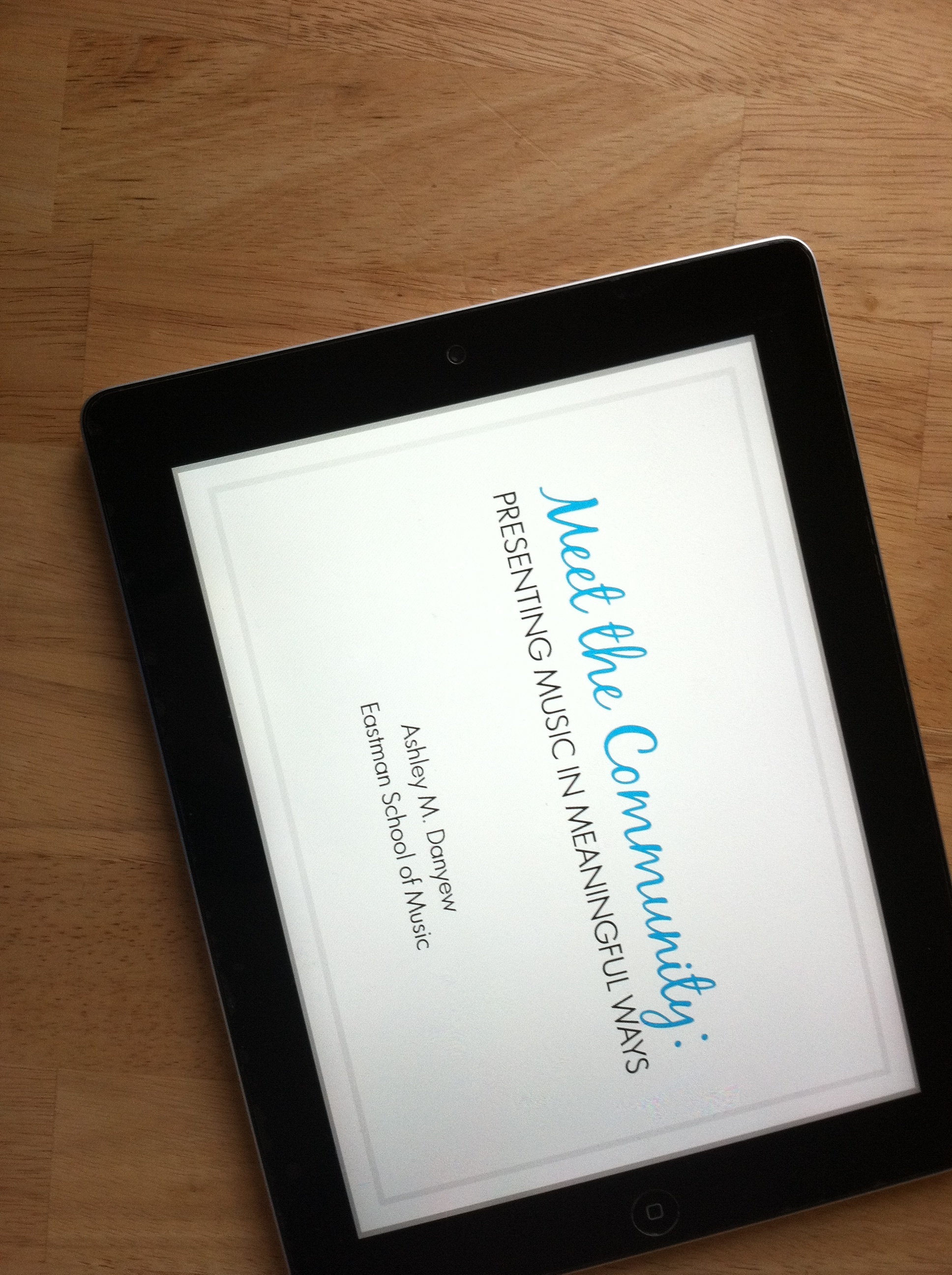
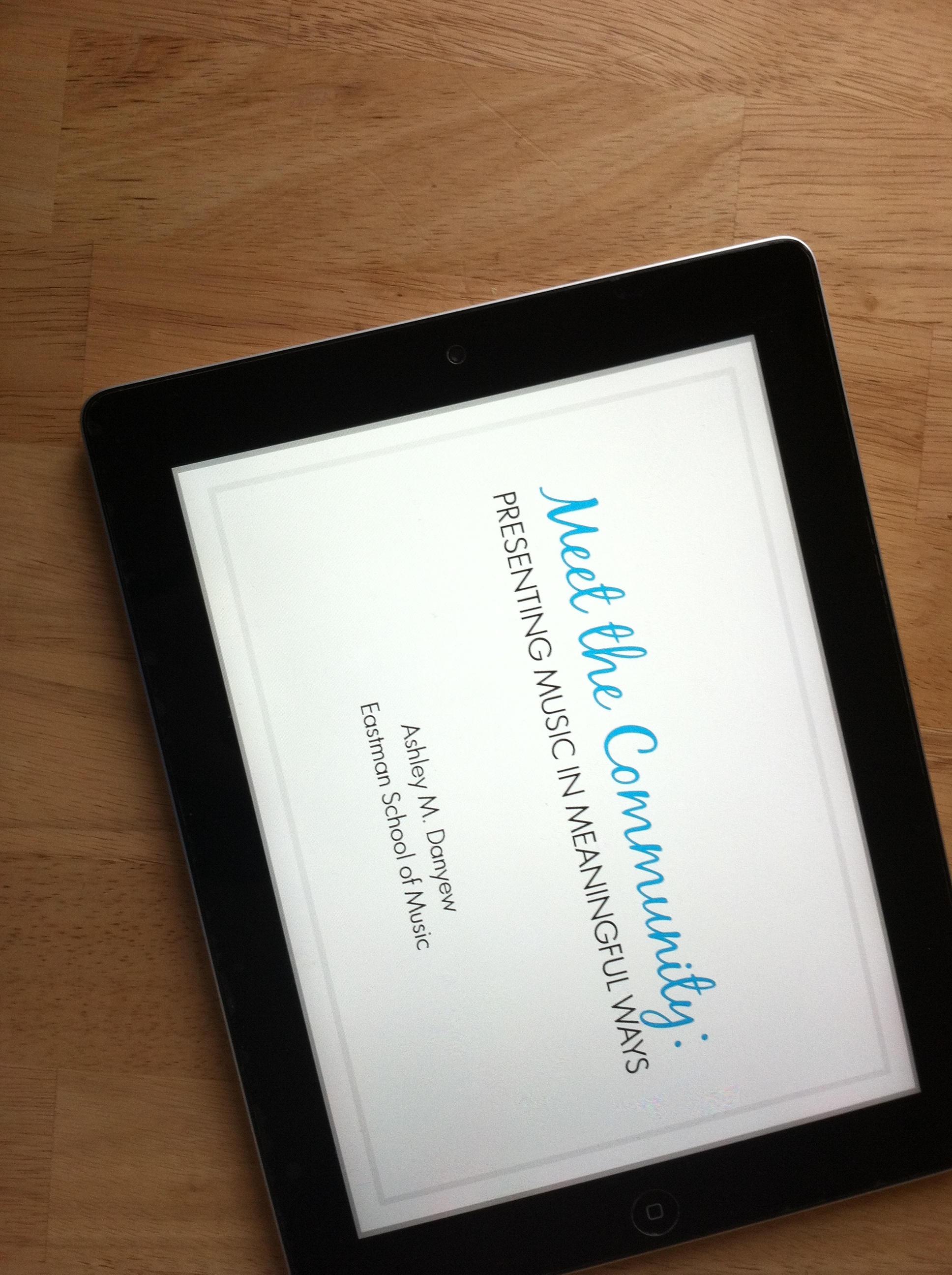 Earlier this spring, I had the privilege of presenting a workshop at the College Music Society (CMS) Southern/Mid-Atlantic Joint Regional Conference in Knoxville, TN.
Earlier this spring, I had the privilege of presenting a workshop at the College Music Society (CMS) Southern/Mid-Atlantic Joint Regional Conference in Knoxville, TN.